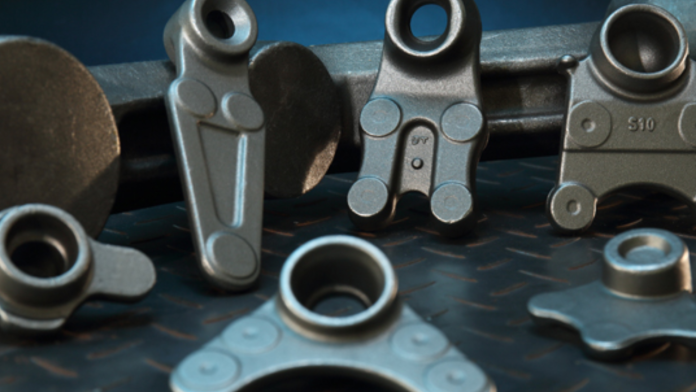Forging is the process by which aluminum is formed under high pressure and temperature to create components known as aluminum forged parts. The material is strengthened, made to last longer, and kept structurally intact with this method. Strong compressive forces are applied after the aluminum is heated to a pliable temperature, refining the grain structure and enhancing mechanical qualities.
These forged parts are perfect for important applications in the automotive, aerospace, and industrial sectors because of their remarkable strength-to-weight ratios. To find out more about the forging of aluminum components, go now. Their versatility is increased by their ability to withstand corrosion and effectively dissipate heat. Strong and lightweight solutions for a range of engineering problems in diverse industries are made possible in large part by aluminum-forged parts.
Where Are Forged Aluminum Parts Typically Used?
Aluminum forged parts are widely used in many important applications in many different industries. They are frequently used in aerospace for parts such as engines and structural components of aircraft. Forged aluminum parts improve performance and fuel economy in the automotive industry. These parts are used in the industrial sector for machinery and equipment that need to be extremely durable and strong. Because of their versatility, aluminum-forged parts are used in many different industries and help create dependable, effective solutions in challenging settings.
Steps Are Involved in the Forging of an Aluminum Component
Aluminum is meticulously and intricately manufactured into strong, long-lasting components through the process of forging. This procedure is frequently used in sectors where the need for strong, lightweight materials is critical, such as engineering, automotive, and aerospace. The main steps in the aluminum forging process are described here.
Billet Preparation and Selection:
The process of forging aluminum starts with the meticulous selection of an aluminum billet. Typically, billets are cylindrical pieces of aluminum alloy that go through preparatory steps like conditioning and heating. This first stage makes sure the billet is ready for maximum deformation during forging.
Die Manufacturing and Design:
When designing and producing dies which are molds used to form aluminum into the desired shape precision is essential. Meticulous engineering is required for the die design to meet component specifications. After that, the dies are expertly made from premium materials and carefully heat-treated to make them resistant to the high temperatures and pressures encountered during the forging process.
Heating:
A temperature higher than the billet’s recrystallization point is applied to it. This heating process, which is frequently done in a furnace, gives the aluminum the malleability it needs to be shaped. To avoid problems during forgings, such as cracking or uneven deformation, temperature control is essential.
Forging:
After the billet has been preheated, it is put into a forging press and put under intense pressure inside specially designed dies. The aluminum is forced to take on the shape of the dies by extreme pressure. To guarantee the precise formation of the intended component, this step necessitates precise control.
Refrigeration:
The freshly formed aluminum component is cooled under controlled conditions after the forging process. Setting the shape and organization of the content requires this stage. Various cooling techniques, like water quenching or air cooling, can be used depending on the precise qualities needed for the finished product.
Heat Treatment:
Following forging, certain aluminum components go through heat treatment procedures. The purpose of these procedures is to maximize the material’s mechanical properties through precisely regulated cycles of heating and cooling. Heat treatment improves properties like hardness, strength, and fatigue resistance, guaranteeing that the part satisfies demanding performance standards.
Surface Finishing:
The aluminum component may go through surface finishing procedures following the forging and heat treatment stages. This can involve polishing, coating, or machining to fulfill the required standards and improve the component’s functional and visual aspects.
Conclusion
The process of forging aluminum is a monument to accuracy and metallurgical skill, producing parts that are incredibly robust, resilient, and adaptable. Aluminum forging continues to be a vital process, influencing the direction of engineering and manufacturing as industries seek robust, lightweight solutions.






